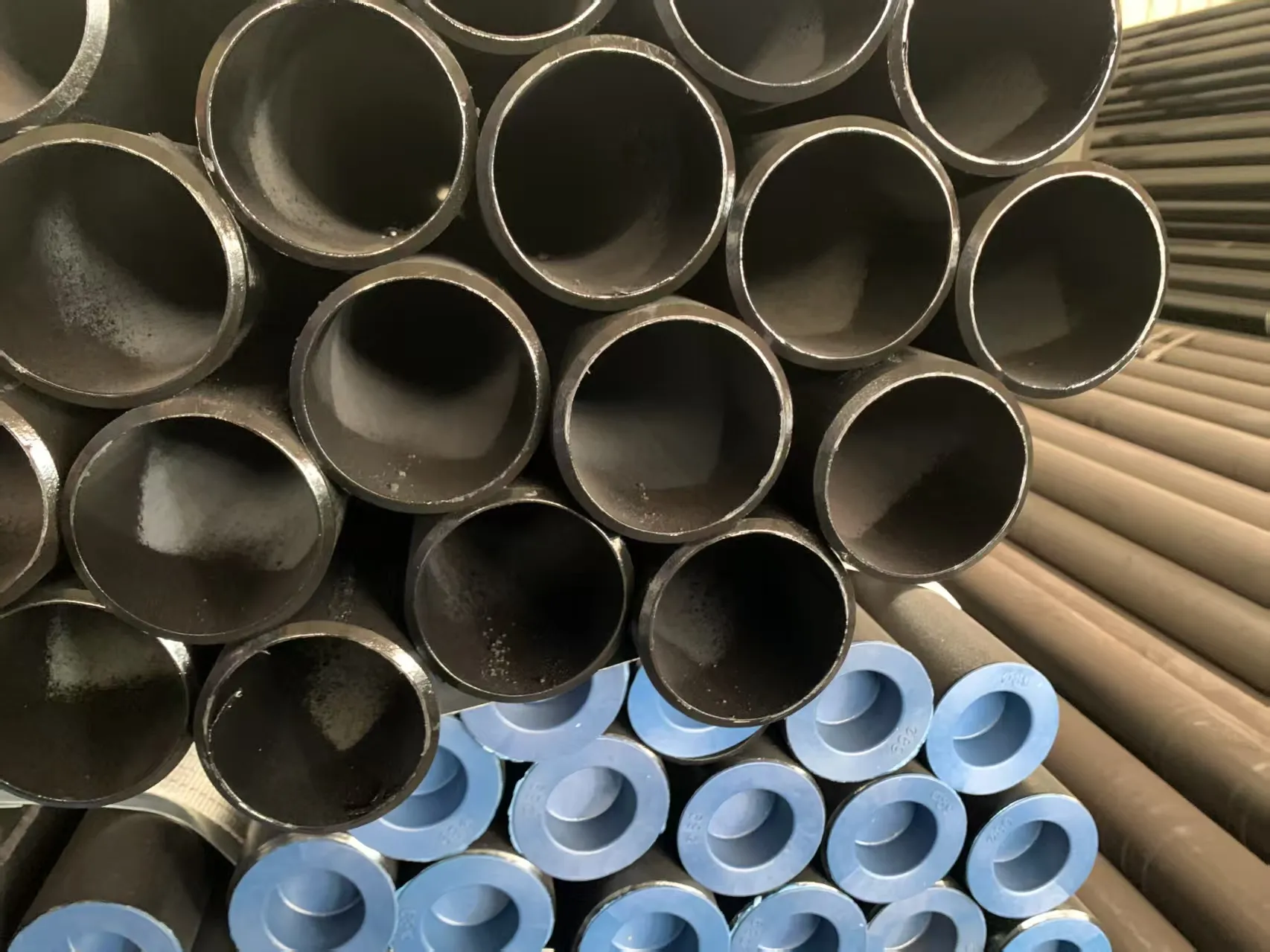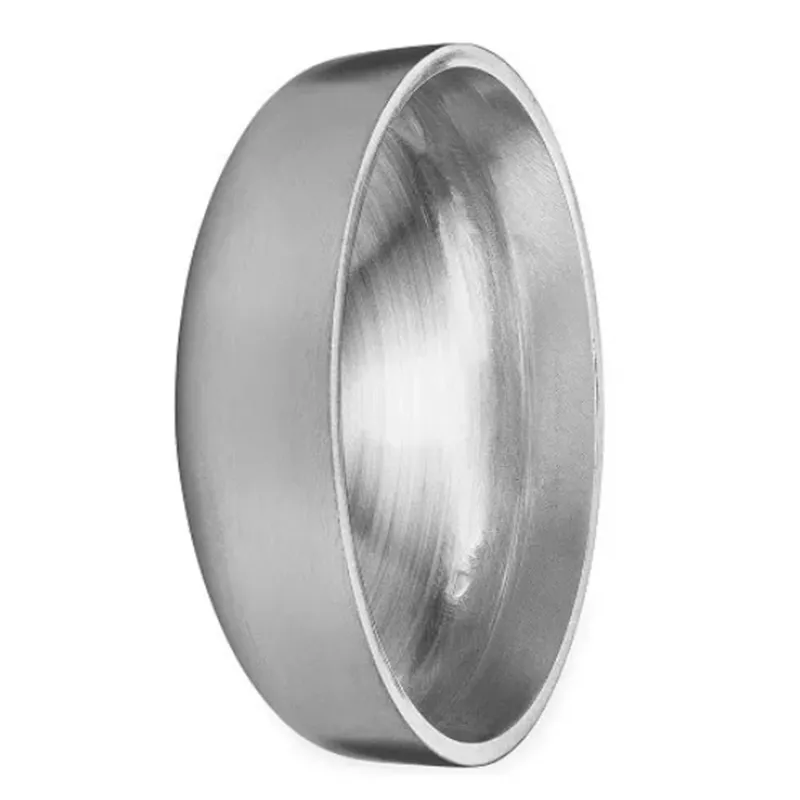-
Cangzhou Yulong Steel Co., Ltd.
-
Phone:
+86 13303177267 -
Email:
admin@ylsteelfittings.com
- English
- Arabic
- Italian
- Spanish
- Portuguese
- German
- kazakh
- Persian
- Greek
- French
- Russian
- Polish
- Thai
- Indonesian
- Vietnamese
- Zulu
- Korean
- Uzbek
- Hindi
- Serbian
- Malay
- Ukrainian
- Gujarati
- Haitian Creole
- hausa
- hawaiian
- Hebrew
- Miao
- Hungarian
- Icelandic
- igbo
- irish
- Japanese
- Javanese
- Kannada
- Khmer
- Rwandese
- Afrikaans
- Albanian
- Amharic
- Armenian
- Azerbaijani
- Basque
- Belarusian
- Bengali
- Bosnian
- Bulgarian
- Catalan
- Cebuano
- China
- China (Taiwan)
- Corsican
- Croatian
- Czech
- Danish
- Esperanto
- Estonian
- Finnish
- Frisian
- Galician
- Georgian
- Kurdish
- Kyrgyz
- Lao
- Latin
- Latvian
- Lithuanian
- Luxembourgish
- Macedonian
- Malgashi
- Malayalam
- Maltese
- Maori
- Marathi
- Mongolian
- Myanmar
- Nepali
- Norwegian
- Norwegian
- Occitan
- Pashto
- Dutch
- Punjabi
- Romanian
- Samoan
- Scottish Gaelic
- Sesotho
- Shona
- Sindhi
- Sinhala
- Slovak
- Slovenian
- Somali
- Sundanese
- Swahili
- Swedish
- Tagalog
- Tajik
- Tamil
- Tatar
- Telugu
- Turkish
- Turkmen
- Urdu
- Uighur
- Welsh
- Bantu
- Yiddish
- Yoruba

Feb . 16, 2025 10:32 Back to list
ANSI B16.5 THREADED FLANGE
Navigating the world of plumbing components can often seem like a daunting task, especially when considering the specifics of sizes and fittings. Among the myriad of options available, the 1.5 inch flange stands out for its versatility and critical role in various plumbing and industrial applications. Having spent years in the field of plumbing and industrial supply, I can assure you that understanding this component is vital for both new and seasoned professionals.
From an expert perspective, proper installation of a 1.5 inch flange involves several critical steps to ensure a leak-free connection. Cleaning the pipe ends and flange surfaces is essential to remove any debris that could hinder sealing. Proper alignment is equally important to prevent undue stress on the flange and connected components. Torque sequences and settings should be followed according to manufacturer guidelines to achieve an optimal seal. Building trust in product recommendations comes from not only understanding these components but also from adhering to industry standards and best practices. For anyone looking to ensure the longevity and performance of their plumbing systems, it’s crucial to source flanges from reputable suppliers who provide certifications of material quality and compliance with standards such as ASME or ASTM. I have personally observed that manufacturers who maintain transparent quality assurance processes tend to offer more reliable products. In terms of field application, one of the most frequent queries relates to the signs of flange failure. Recognizing symptoms such as leaks at the bolted connection, unusual noise, or vibrations can help in diagnosing potential issues early. Addressing these problems promptly by tightening the connections, checking the gasket condition, or potentially replacing the flange can prevent costly repairs or system downtime. Investing in a high-quality 1.5 inch flange can significantly contribute to the efficiency and safety of a piping system. As someone deeply entrenched in this field, I emphasize the importance of selecting the right material, following proper installation protocols, and conducting regular inspections. This approach not only enhances system performance but also embodies a commitment to providing value through knowledgeable and trustworthy service. Such expertise not only supports successful projects but also fortifies a reputation built on reliability and skill in the plumbing domain.


From an expert perspective, proper installation of a 1.5 inch flange involves several critical steps to ensure a leak-free connection. Cleaning the pipe ends and flange surfaces is essential to remove any debris that could hinder sealing. Proper alignment is equally important to prevent undue stress on the flange and connected components. Torque sequences and settings should be followed according to manufacturer guidelines to achieve an optimal seal. Building trust in product recommendations comes from not only understanding these components but also from adhering to industry standards and best practices. For anyone looking to ensure the longevity and performance of their plumbing systems, it’s crucial to source flanges from reputable suppliers who provide certifications of material quality and compliance with standards such as ASME or ASTM. I have personally observed that manufacturers who maintain transparent quality assurance processes tend to offer more reliable products. In terms of field application, one of the most frequent queries relates to the signs of flange failure. Recognizing symptoms such as leaks at the bolted connection, unusual noise, or vibrations can help in diagnosing potential issues early. Addressing these problems promptly by tightening the connections, checking the gasket condition, or potentially replacing the flange can prevent costly repairs or system downtime. Investing in a high-quality 1.5 inch flange can significantly contribute to the efficiency and safety of a piping system. As someone deeply entrenched in this field, I emphasize the importance of selecting the right material, following proper installation protocols, and conducting regular inspections. This approach not only enhances system performance but also embodies a commitment to providing value through knowledgeable and trustworthy service. Such expertise not only supports successful projects but also fortifies a reputation built on reliability and skill in the plumbing domain.
Latest news
-
ANSI 150P SS304 SO FLANGE
NewsFeb.14,2025
-
ASTM A333GR6 STEEL PIPE
NewsJan.20,2025
-
ANSI B16.5 WELDING NECK FLANGE
NewsJan.15,2026
-
ANSI B16.5 SLIP-ON FLANGE
NewsApr.19,2024
-
SABS 1123 FLANGE
NewsJan.15,2025
-
DIN86044 PLATE FLANGE
NewsApr.19,2024
-
DIN2527 BLIND FLANGE
NewsApr.12,2024
-
JIS B2311 Butt-Welding Fittings LR/SR 45°/90° /180°Seamless/Weld
NewsApr.23,2024











